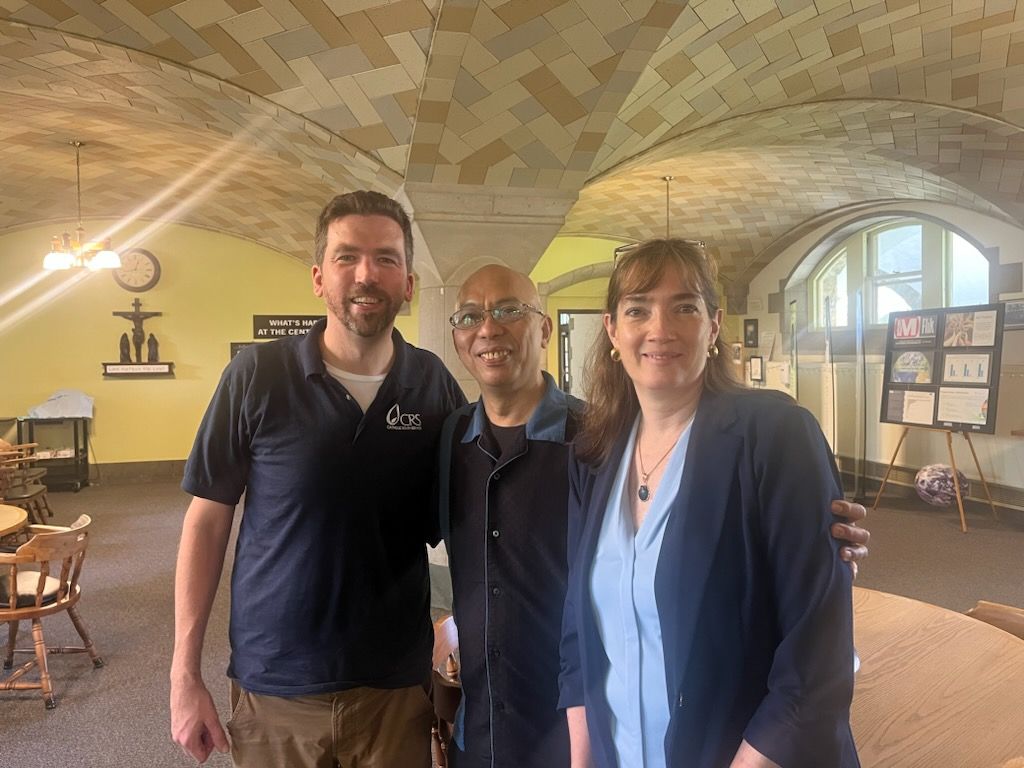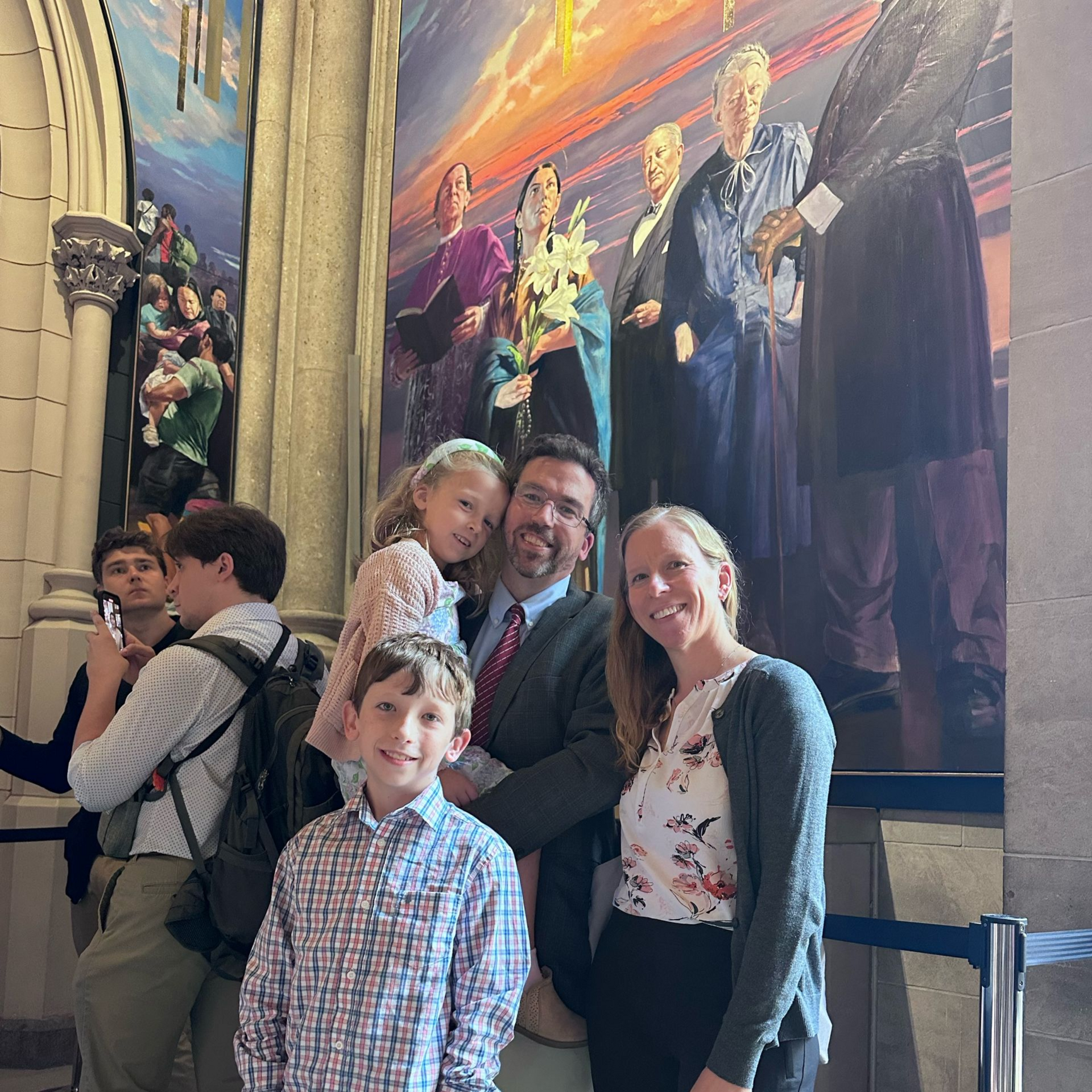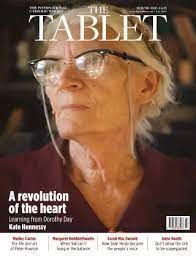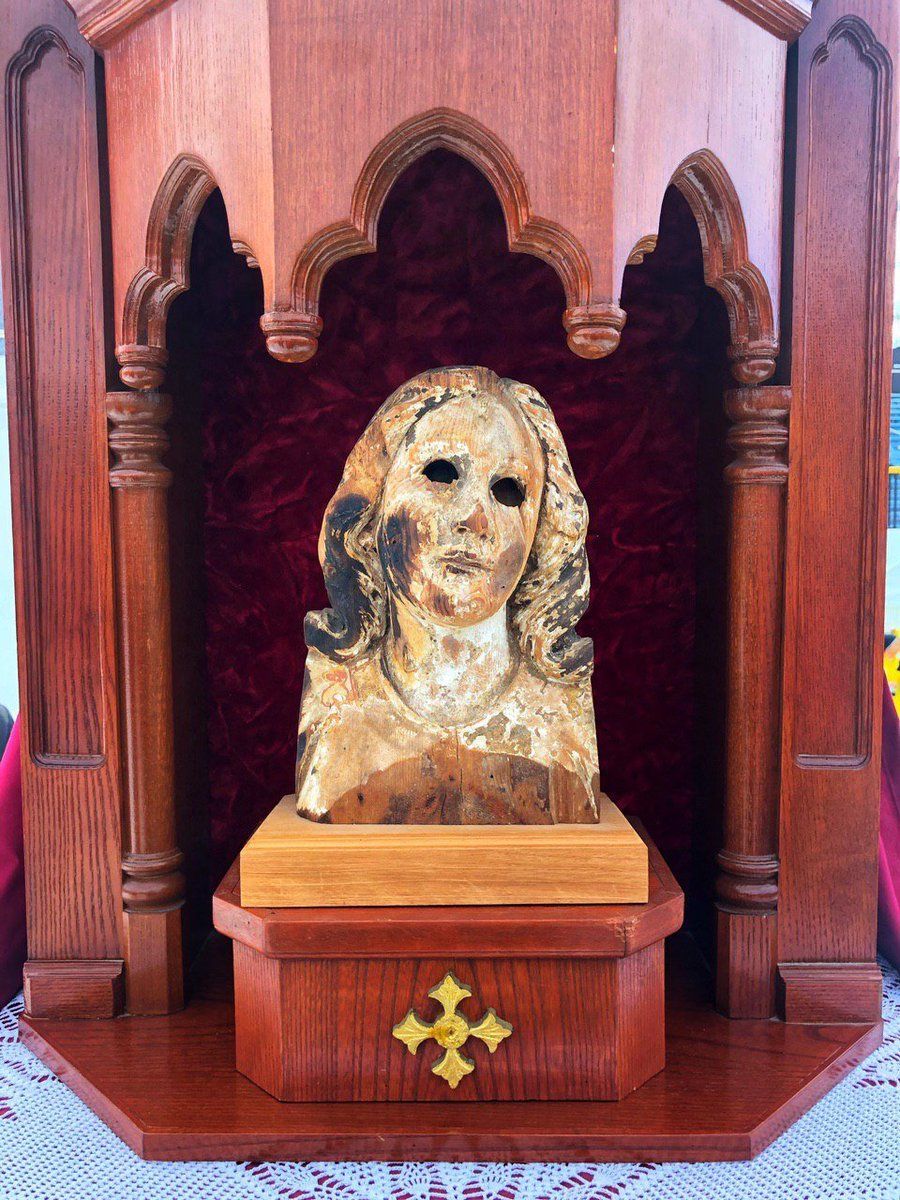“I once spent years reading Dorothy’s diaries, articles, letters and books, and poring over videos, recordings and thousands of photographs. I examined every clue I could gather… Through this process I discovered that I am no different to those for whom even one brief meeting with Dorothy Day decades ago changed their lives. Through these stories, I have come to believe there is little point in simply admiring the Dorothy Day. If you’re going to pay attention to her, you must be prepared for your life to be turned on its head.”
Dorothy Day Guild July 2023 Missive
Dear friends,
We hope this email finds you cool and comfortable in the hot weather! Thank you all for the kind comments we’ve been receiving on the latest issue of the newsletter– it’s great to hear that the interview and articles have generated fruitful discussion in your families and communities. Our editors are already working up new pieces for the fall, so keep an eye out for another issue at the end of September. We have a few updates and recommendations for you this month:
New Social Media
We’re on YouTube and Instagram! Our Manhattan College and Yale Divinity School interns have been patient, expert guides as we’ve learned to use some new platforms this summer. You can check out our Membership Monday feature on Instagram, which will run through the end of the summer, as well as informational content about Dorothy and the Guild, which you can share with friends and family members who want to learn more. Be sure to take a look at our latest video as well, a creative reflection featuring contemporary artists’ images of Dorothy. We hope it inspires your prayer and contemplation this week!
Visit with Father Joy Tajonera
Kevin Ahern and Deirdre Cornell met with Father Joyalito Tajonera ("Father Joy") at Maryknoll headquarters in Ossining on June 28. Before joining Maryknoll, Joy had worked with people experiencing homelessness in New York City, where he met the Catholic Worker. He became particularly close to Eileen Egan, learning from her about Dorothy, her life and spirituality.
Joy was instrumental in convening the 1997 Dorothy Day Symposium to mark the 100th anniversary of Dorothy's birth. Several current advisory board members were involved as key participants in the event. Along with other noteworthy efforts leading up to the decision, the symposium helped convince Cardinal John O'Connor to open the cause for Dorothy's canonization. Father Joy gave copies of related records and correspondence to the Guild archives.
Assigned to Taiwan, Father Joy has served migrant workers in Taichung, most of whom are also Filipino, for over 20 years. The shelter he founded, named Ugnayan ("connection"), is run like a Catholic Worker House. Migrants of any nationality are welcomed there 24 hours a day. Workers who have been injured or wronged, especially, find a wide range of support there in a homelike setting; help is offered in the spirit of mutual aid. The Supply Chain Due Diligence program he started empowers workers to organize for their rights and achieve better working conditions. The lives of thousands of migrant workers -- and their families back home -- have been transformed.
Father Joy's ministry is an example of how Dorothy continues to inspire people around the world to practice the Works of Mercy together and to work for justice. To learn more, stay tuned for a new story about Father Joy and Ugnayan in the fall edition of Maryknoll Magazine.

Reading and Viewing Recommendations
Dorothy’s youngest granddaughter, Kate Hennessy, has been publishing a series for The Tablet in honor of the Catholic Worker movement’s ninetieth anniversary. Her first column opens:
“The Nine Provocations of Dorothy Day” takes a series of major teachings– the stuff of life’s big questions– and poses the question, what might Dorothy still be teaching us? How can Dorothy’s life nudge us to live more deeply into our own? We highly recommend this series to anyone who is seeking guidance and direction for discovering their own vocation and living into it with integrity and commitment. The first piece of advice? Make yourself uncomfortable. The latest? Laughter is the best balm. You can read the newest installment of “The Nine Provocations of Dorothy Day,” published July 19th, here.
Robert Ellsberg has two recent reflections on sainthood that we’d like to share. The first, “Walking the path of holiness: What I’ve learned from a lifetime of studying saintly lives,” was published in America last month. Robert’s tenure at the New York Catholic Worker coincided with the last years of Dorothy’s life, “yet there was a youthfulness about her, a spirit of adventure and an instinct for the heroic that was tremendously appealing. She made you believe it was possible to start building a better world, right here where you were. She made you believe, as St. Francis did, that the Beatitudes were for living.”
The second is “Dorothy Day: Holy Activist,” presented by the Henri Nouwen society as part of their series, “A Living Gospel: Reading God’s Story in Holy Lives.” Speaking on Dorothy’s potential canonization, Robert says, “If I’ve supported this cause, it’s because I believe that her inclusion in the list of official saints will have more effect in enlarging the Church, of moving her radical message closer to the heart of the Church, rather than diminishing her. Rather than making her smaller, it will make the Church larger.”
Living encounters with holiness and heroic virtue have the power to refract all of our past and future experiences through their prism, casting brilliant light on everything they touch. Many thanks to Robert and Kate for sharing how their lives have been shaped by knowing Dorothy. If you have additional scholarship, art, or other work featuring Dorothy’s contemporary legacy, please let us know! We’re excited to share the work of our members and supporters with you all.
Anniversaries of Nuclear War
Finally, next month marks the anniversaries of the US bombings of Hiroshima and Nagasaki on August 6th and August 9th, 1945. Following the horrific accounts of destruction and death from Japan and the gleeful, celebratory tone of American media, Dorothy devoted her September column to a prophetic denunciation of the slaughter of innocents that had taken place with the enthusiastic support of the American government:
“Mr. Truman was jubilant. President Truman. True man; what a strange name, come to think of it. We refer to Jesus Christ as true God and true Man. Truman is a true man of his time in that he was jubilant. He was not a son of God, brother of Christ, brother of the Japanese, jubilating as he did. He went from table to table on the cruiser which was bringing him home from the Big Three conference, telling the great news; “jubilant” the newspapers said. Jubilate Deo. We have killed 318,000 Japanese…
“You know not of what spirit you are. The Son of Man came not to destroy souls but to save.” He said also, “What you do unto the least of these my brethren, you do unto me.”
In the years that followed, even up to the summer before her death in 1980, Dorothy continued to mark the date of the Hiroshima and Nagasaki bombings in her monthly column and spent her life calling for an end to war and an end to preparation for war. Popular media suggests to us that nuclear war is inevitable; the heroic virtue of witnesses like Dorothy Day instead point us towards an eschatological hope: that God is for life and flourishing, not destruction and death. As Dorothy wrote in September 1945, “We are held in God’s hands, all of us, … He, God, holds our life and our happiness, our sanity and our health; our lives are in His hands. He is our Creator. Creator.” Here at the Dorothy Day Guild, we would like to extend our sincere gratitude to all those who follow in her work of disarmament and peacemaking.
Yours,
Dr. Casey Mullaney, on behalf of the Dorothy Day Guild
Share this post








